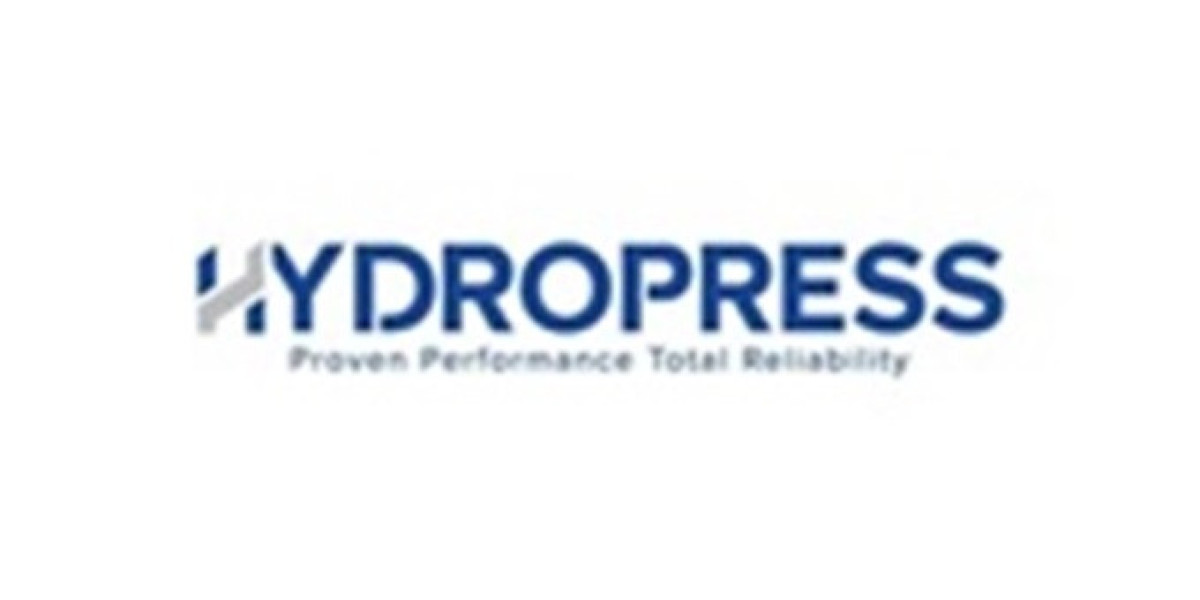I. Introduction to ISO 45001
A. What is ISO 45001?
ISO 45001 is an international standard for occupational health and safety (OH&S) management systems. It provides a framework for organizations to improve employee safety, reduce workplace risks, and create healthier work environments. Introduced in 2018, ISO 45001 replaces OHSAS 18001 and aligns with other ISO management standards such as ISO 9001 (quality) and ISO 14001 (environment).
The standard focuses on proactive risk prevention, employee participation, and continual improvement, making it an essential tool for organizations aiming to prioritize worker health and safety.
B. Importance of ISO 45001 Certification
ISO 45001 certification is crucial for organizations that want to demonstrate their commitment to providing a safe workplace. Certification helps reduce accidents, improve employee morale, and ensure compliance with legal requirements. It also enhances a company’s reputation by showcasing its commitment to high standards in health and safety.
Globally recognized, ISO 45001 certification provides organizations with a competitive advantage, especially when bidding for contracts or entering markets where health and safety standards are critical.
C. Key Principles of ISO 45001
ISO 45001 is built on several principles, including risk-based thinking, leadership involvement, and employee participation. The standard emphasizes identifying workplace hazards, assessing risks, and implementing controls to prevent accidents and illnesses. It also encourages the integration of health and safety measures into an organization’s overall strategy, ensuring a culture of safety at all levels.
II. Benefits of ISO 45001 Certification
A. Improved Employee Safety and Well-Being
One of the primary benefits of ISO 45001 certification is the improvement in employee safety and well-being. By identifying workplace hazards and implementing effective controls, organizations can significantly reduce the risk of injuries and illnesses.
When employees feel safe, they are more motivated, productive, and engaged, leading to a healthier and more efficient workforce. ISO 45001 also focuses on mental health, addressing stress and psychological risks in the workplace.
B. Enhanced Legal and Regulatory Compliance
ISO 45001 helps organizations meet legal and regulatory requirements related to occupational health and safety. Compliance reduces the risk of fines, penalties, and legal disputes, ensuring that businesses operate within the boundaries of the law.
Certification demonstrates to regulators and stakeholders that an organization is committed to maintaining a safe and compliant workplace, providing peace of mind to employees and clients alike.
C. Competitive Advantage
ISO 45001 certification gives organizations a competitive edge in the marketplace. Clients and partners often prefer working with certified companies, as it reflects a commitment to high standards in health and safety.
Certification can also open doors to new business opportunities, particularly in industries where health and safety are critical, such as construction, manufacturing, and healthcare.
III. Key Requirements of ISO 45001
A. Context of the Organization
ISO 45001 requires organizations to understand the context in which they operate, including internal and external factors that may affect their health and safety management system. This involves identifying stakeholders, legal requirements, and workplace hazards.
B. Leadership and Worker Participation
Leadership plays a critical role in implementing and maintaining ISO 45001. Top management must demonstrate commitment by establishing a health and safety policy, allocating resources, and promoting a culture of safety.
The standard also emphasizes worker participation, ensuring that employees are actively involved in identifying risks, proposing solutions, and monitoring safety measures.
C. Risk Assessment and Control
A core requirement of ISO 45001 is the identification and assessment of workplace hazards. Organizations must develop processes for evaluating risks and implementing appropriate controls to eliminate or minimize them.
This proactive approach helps prevent accidents and ensures a safer working environment for employees.
IV. Steps to Achieve ISO 45001 Certification
A. Conduct a Gap Analysis
The first step in achieving ISO 45001 certification is conducting a gap analysis. This involves comparing the organization’s current health and safety practices with the requirements of the standard. The analysis identifies areas where improvements are needed, providing a roadmap for implementation.
B. Develop and Implement an OH&S Management System
Based on the findings of the gap analysis, organizations must develop and implement an OH&S management system that meets ISO 45001 requirements. This includes creating policies, procedures, and processes for managing risks, monitoring performance, and ensuring continual improvement.
C. Certification Audit
Once the management system is in place, the organization must undergo a certification audit conducted by an accredited certification body. The audit is typically carried out in two stages: a review of documentation and an on-site evaluation.
If the organization meets the requirements, it is awarded ISO 45001 certification. Regular surveillance audits are conducted to ensure continued compliance.
V. Challenges in Implementing ISO 45001
A. Resistance to Change
One of the challenges organizations face is resistance to change. Employees and management may be reluctant to adopt new processes or modify existing practices. Overcoming this resistance requires effective communication, training, and involvement of all stakeholders.
B. High Initial Investment
Implementing ISO 45001 can be costly, particularly for small and medium-sized enterprises. Expenses include hiring consultants, conducting training, and upgrading facilities to meet safety standards. However, the long-term benefits of certification, such as reduced accidents and improved reputation, often outweigh the initial investment.
C. Maintaining Compliance
Achieving certification is only the first step; maintaining compliance is an ongoing process. Organizations must continuously monitor their OH&S management system, update procedures, and adapt to changes in legal and regulatory requirements. This requires commitment and resources to ensure sustained compliance.
VI. Industries That Benefit from ISO 45001
A. Construction and Manufacturing
Industries like construction and manufacturing are among the most hazardous, making ISO 45001 particularly relevant. Certification helps these industries minimize risks associated with heavy machinery, hazardous materials, and physically demanding work environments.
B. Healthcare and Pharmaceuticals
In the healthcare and pharmaceutical industries, employee safety is critical due to exposure to biological hazards, chemicals, and infectious diseases. ISO 45001 ensures that these industries maintain high safety standards, protecting both employees and patients.
C. Logistics and Warehousing
The logistics and warehousing sectors also benefit from ISO 45001, as they involve risks such as manual handling, vehicle movement, and storage of hazardous materials. Certification helps these industries create safer work environments, reducing accidents and injuries.
VII. ISO 45001 and Integrated Management Systems
A. Integration with ISO 9001 and ISO 14001
ISO 45001 is designed to align with other ISO management standards, such as ISO 9001 (quality management) and ISO 14001 (environmental management). This allows organizations to integrate their management systems, streamlining processes and reducing duplication of efforts.
B. Benefits of Integration
Integrated management systems provide a holistic approach to organizational performance, addressing quality, environmental, and safety concerns simultaneously. This leads to improved efficiency, cost savings, and better decision-making.
C. Case Studies of Integration
Many organizations have successfully integrated ISO 45001 with other standards, achieving significant improvements in safety, productivity, and compliance. These case studies highlight the advantages of a unified approach to management systems.
VIII. The Future of ISO 45001
A. Evolving Workplace Risks
As workplaces evolve, new risks such as remote work, mental health challenges, and automation are emerging. ISO 45001 will continue to adapt to address these risks, ensuring that the standard remains relevant and effective.
B. Role of Technology
Technology is playing an increasingly important role in occupational health and safety. Tools such as wearable devices, AI-powered risk assessments, and digital reporting systems are enhancing the effectiveness of ISO 45001 implementation.
C. Global Adoption
ISO 45001 is gaining traction worldwide, with more organizations recognizing its benefits. As awareness grows, the standard is expected to become a universal benchmark for occupational health and safety.
IX. Conclusion
A. Why ISO 45001 Matters
ISO 45001 certification is essential for organizations that prioritize employee safety and well-being. It provides a systematic approach to managing workplace risks, ensuring compliance with legal requirements, and enhancing overall performance.
B. A Commitment to Safety
Achieving ISO 45001 certification demonstrates an organization’s commitment to creating a safe and healthy work environment. This commitment not only protects employees but also strengthens the organization’s reputation and competitiveness.
C. Taking the Next Step
Whether you are a small business or a multinational corporation, ISO 45001 certification can help you achieve your health and safety goals. By investing in certification, you invest in the safety, satisfaction, and success of your workforce and your organization.







